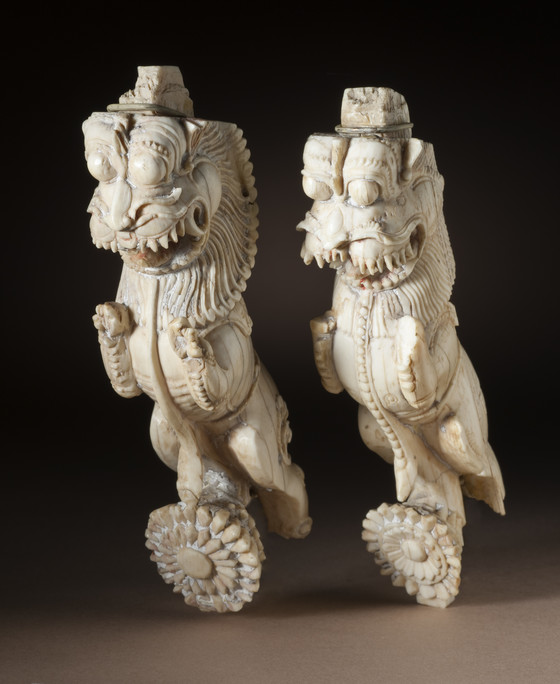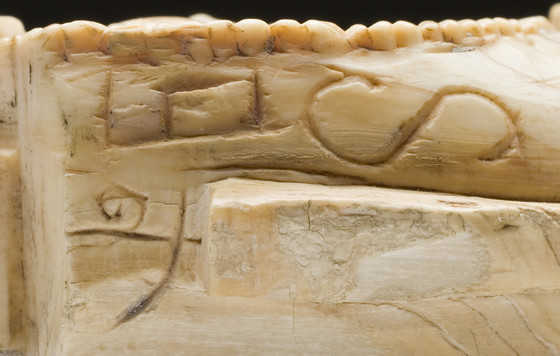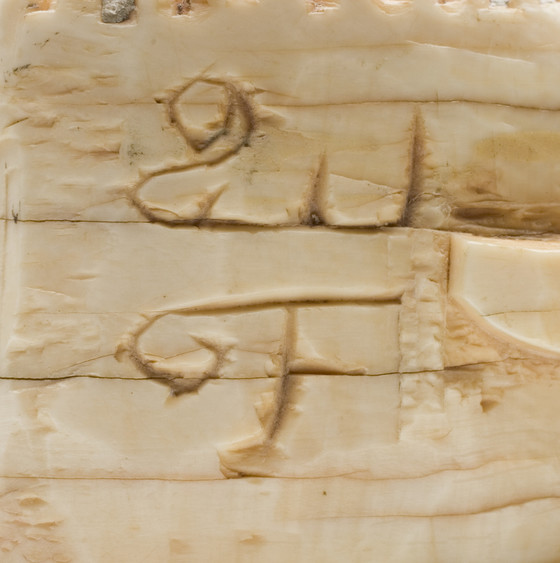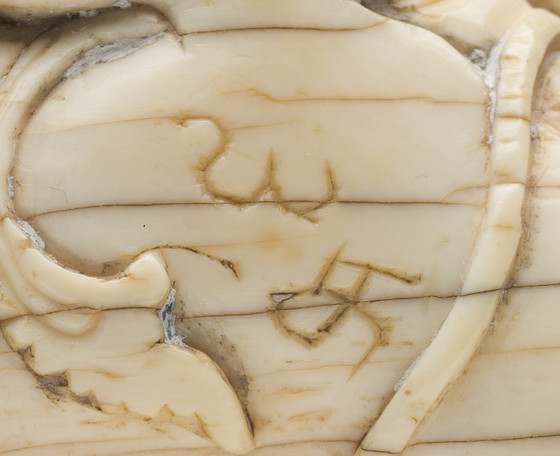Pair of Architectural Brackets in the Form of Rampant Leonine Creatures (yali or vyala), From a Processional Mandapa




Please log in to add this item to your gallery.
View comments
No comments have been posted yet.
Add a comment
Please log in to add comments.
Please log in to add tags.
* Nearly 20,000 images of artworks the museum believes to be in the public domain are available to download on this site.
Other images may be protected by copyright and other intellectual property rights.
By using any of these images you agree to LACMA's Terms of Use.
Pair of Architectural Brackets in the Form of Rampant Leonine Creatures (yali or vyala), From a Processional Mandapa
India, Tamil Nadu, Madurai, 17th century
Architecture; Architectural Elements
Ivory with traces of paint
a: 5 3/4 x 1 1/4 x 1 3/4 in. (14.61 x 3.18 x 4.45 cm); b: 5 7/8 x 1 1/4 x 1 3/4 in. (14.92 x 3.18 x 4.45 cm)
Gift of Corinne and Don Whitaker (M.80.232.7a-b)
Not currently on public view


